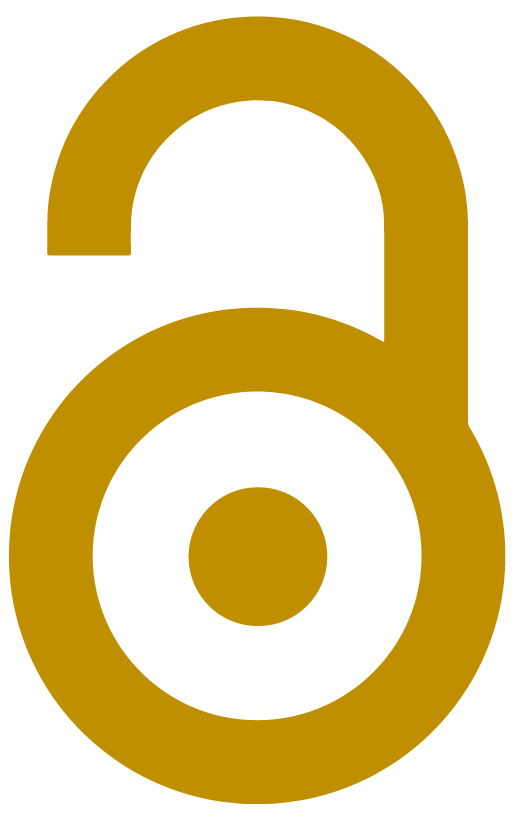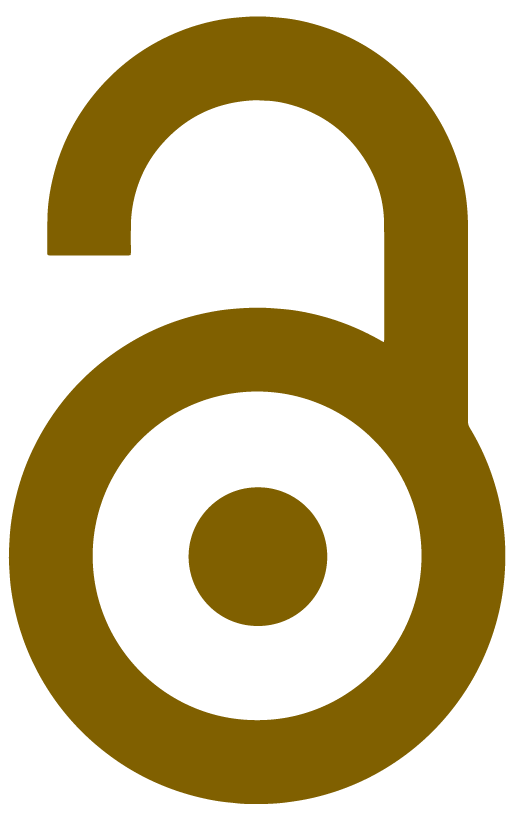
There are different levels of Open Access which allow you to choose which route you go down when publishing (including costs) and allows you to choose what you want to happen with your research.
Note: As per many funder requirements, a data management plan needs to be in place which at that point should outline what will happen to the research, how it will be managed and whether it will be Open Access
 Green Open Access refers to “self-archiving” your publications in an Open Access repository, i.e. in addition to publication in traditional subscription journals, authors also deposit a copy of their articles into an institutional repository, usually the institutional repository of their own institution - i.e., IADT's Institutional Repository, Illustro. Most publishers allow this.
Green Open Access refers to “self-archiving” your publications in an Open Access repository, i.e. in addition to publication in traditional subscription journals, authors also deposit a copy of their articles into an institutional repository, usually the institutional repository of their own institution - i.e., IADT's Institutional Repository, Illustro. Most publishers allow this.
 Gold Open Access: There are now many Open Access journals and platforms where researchers can make their articles openly accessible at the point of publication, without an embargo period.
Gold Open Access: There are now many Open Access journals and platforms where researchers can make their articles openly accessible at the point of publication, without an embargo period.
There are two other lesser-known Open Access models – Bronze and Diamond/Platinum.
 The Bronze Open Access model is where an article is freely available on a publisher’s website. Some articles may be made free for a period of time; other articles may be made available after an embargo period. While the articles are available to read on the publisher’s websites without payment, they don’t have a Creative Commons licence and therefore may not be re-used or deposited elsewhere, such as an institutional repository or personal website.
The Bronze Open Access model is where an article is freely available on a publisher’s website. Some articles may be made free for a period of time; other articles may be made available after an embargo period. While the articles are available to read on the publisher’s websites without payment, they don’t have a Creative Commons licence and therefore may not be re-used or deposited elsewhere, such as an institutional repository or personal website.
A good example of the Bronze Open Access model is COVID-19 research, where most publishers made papers freely available to all.
 The Diamond Open Access model (also known as Platinum) is where an article is made Open Access without the author paying Article Processing Charges (APCs), as is the case in Gold Open Access, but there is also no payment to read the article. It mostly involves small societies and collaborative community agreements, often led by academia – more details and an Action Plan from Science Europe and partners.
The Diamond Open Access model (also known as Platinum) is where an article is made Open Access without the author paying Article Processing Charges (APCs), as is the case in Gold Open Access, but there is also no payment to read the article. It mostly involves small societies and collaborative community agreements, often led by academia – more details and an Action Plan from Science Europe and partners.
Examples:
F1000Research host Open Access platforms such as HRB Open Research. See Open Research Platforms for more details.

This is the most expensive option for readers, as the author has to pay to publish, and the individual reader or library still has to pay the subscription fee. In effect the journal is getting paid twice under this model.
All major Irish and European funders require some form of Open Access to outputs that have been funded via their research grants.
Listed below are some of the leading Irish funder's Open Access policies:
And some major European funders:
All funder's Open Access policies can be queried using the "Sherpa/Juliet" service.
We would love feedback if this page was useful to you! If you have additional questions please reach out to us and we can try our best to help.